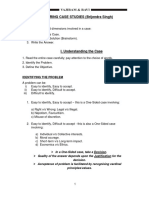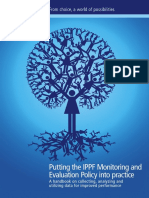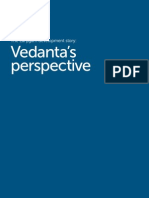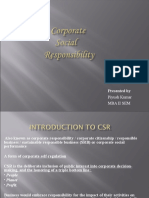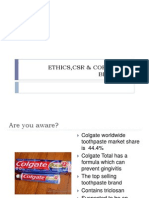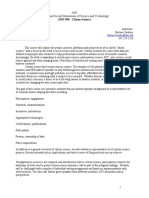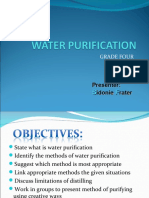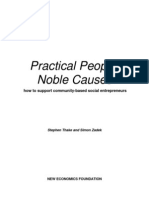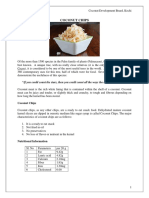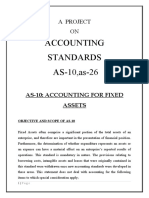0% found this document useful (0 votes)
342 views4 pagesField Project - Guidelines As Per Syllabus 2024 Pattern
The SPPU MBA Revised Curriculum 2024 NEP outlines the structure and requirements for the Field Project (FP) and Business Communication courses in Semester II. The Field Project emphasizes practical application of management theories through individual projects related to students' specializations, requiring primary data collection and a comprehensive report. The Business Communication course focuses on effective written communication skills, including drafting various business documents and understanding communication barriers.
Uploaded by
samikshamathurkar24Copyright
© © All Rights Reserved
We take content rights seriously. If you suspect this is your content, claim it here.
Available Formats
Download as PDF, TXT or read online on Scribd
0% found this document useful (0 votes)
342 views4 pagesField Project - Guidelines As Per Syllabus 2024 Pattern
The SPPU MBA Revised Curriculum 2024 NEP outlines the structure and requirements for the Field Project (FP) and Business Communication courses in Semester II. The Field Project emphasizes practical application of management theories through individual projects related to students' specializations, requiring primary data collection and a comprehensive report. The Business Communication course focuses on effective written communication skills, including drafting various business documents and understanding communication barriers.
Uploaded by
samikshamathurkar24Copyright
© © All Rights Reserved
We take content rights seriously. If you suspect this is your content, claim it here.
Available Formats
Download as PDF, TXT or read online on Scribd
/ 4







